Willibald M Kreuzinger may not be a name you recognise but I had the privilege of meeting him at his home in Rye where he agreed that I could interview him for Rye News. I was thrilled that he allowed me to photograph him at work as after all, its not every day you get the chance to meet such a master craftsman, a violin maker by profession.
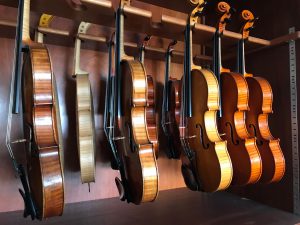
Willibald is charming and from an unbroken family tradition of violin makers dating back to 1780. His grandfather, Anton Kreuzinger was a well known violin maker and fine musician and his father, Willibald, learnt violin making as a trade in his father’s workshop before perfecting his skills at the Schönbach violin making school. Willibald M Kreuzinger began playing aged six, and aged 14 he became an apprentice violin maker in Mittenwald in Germany, to where he had escaped in 1945.
After completing his apprenticeship he joined Dietrich Kessler in London where he gained his experience in repairing, restoring and making new instruments in the evenings producing 12 bespoke viols during this time. In 1972 he returned to Germany to work with his sister, also a violin maker, where he completed his masters degree and eventually moving back to London where he joined forces once again with Mr Kessler at Edward Withers Ltd. He set up on his own in Wimbledon and moved to East Sussex in 2006.
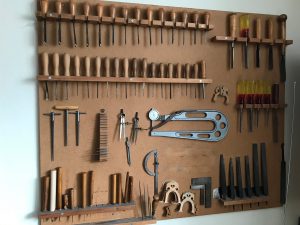
Willibald has performed with many notable orchestras and studied the violin with Kató Havas and is also an accomplished pianist.
His workshop is fascinating, highly specialised tools hang from the wall boards, carefully placed in size order and wooden boxes contain numerous other tools including a collection of thumb planes (pictured left) for detailed work to exacting standards.
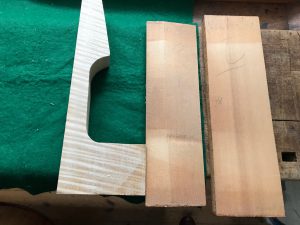
One glazed display cabinet housed a selection of violins Willibald had made, beautifully crafted from carefully chosen woods which included aged sycamore for the main body of the instrument and with maple, rosewood, spruce and ebony to form the various hand crafted components of each instrument. The handmade bows were made from Pernambuco wood, strung with horsehair.
I watched as Willibald continued his work on a cello he was repairing where he had made a new neck and scroll for the instrument which he had only recently attached to the instrument with such precision you would never have known it had been repaired.
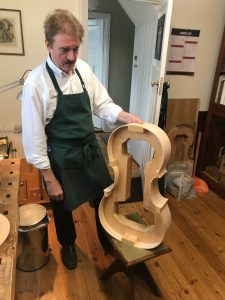
In a side cabinet was an inside mould and ribcage of a cello in its early stages of development (pictured) which, after months of intricate workmanship and dedication would turn from an ugly duckling to a swan to await its final destination, probably on a major orchestral stage played by a discerning musician.
Willibald continued to demonstrate how so many specialised tools played their part in making each unique instrument, his passion for his work and attention to detail was so evident but so too was his sheer frustration at having to rotate between four pairs of glasses, each with differing lenses to match the task required.
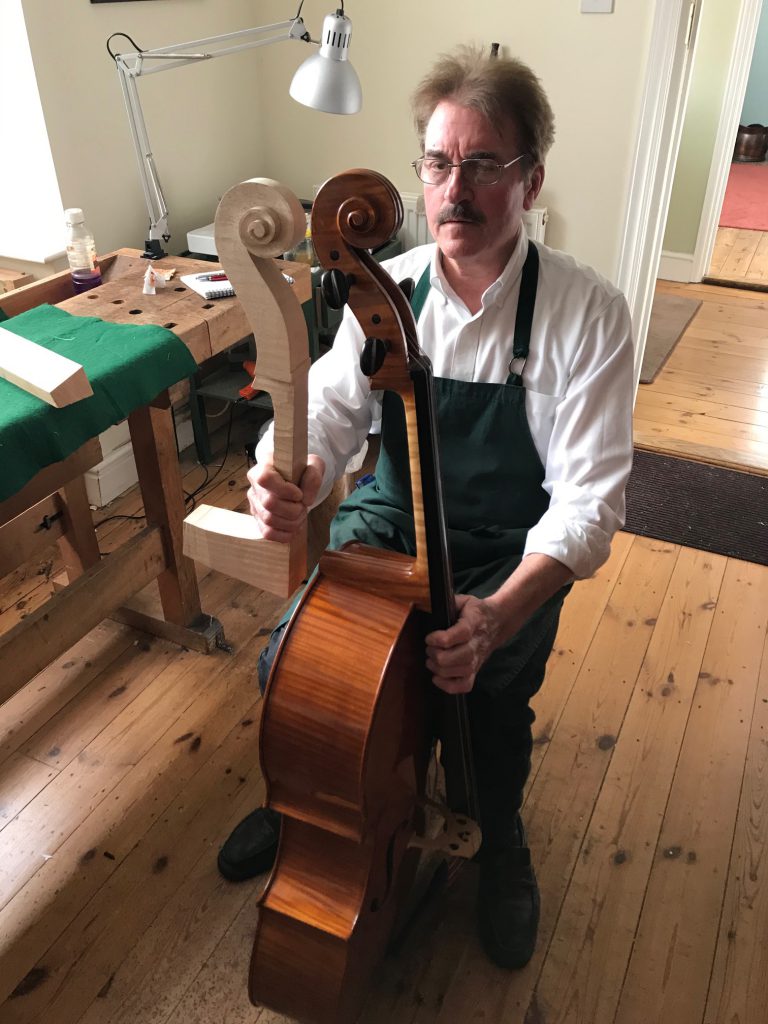
Regrettably I had to leave, having questioned Willibald at length about his life, career, skills and unmistakable in depth knowledge of his specialised craft I didn’t want to overstay my welcome but I enjoyed every minute of my interview with him.
A true professional, a very modest but highly skilled individual who freely gave of his valuable time so you and I could share in his knowledge of his business and to have a rare glimpse as to how these wonderful instruments start off in life and how people like Willibald can transform lumps of wood into bespoke, hand crafted musical instruments of great beauty.
Image Credits: Nick Forman .



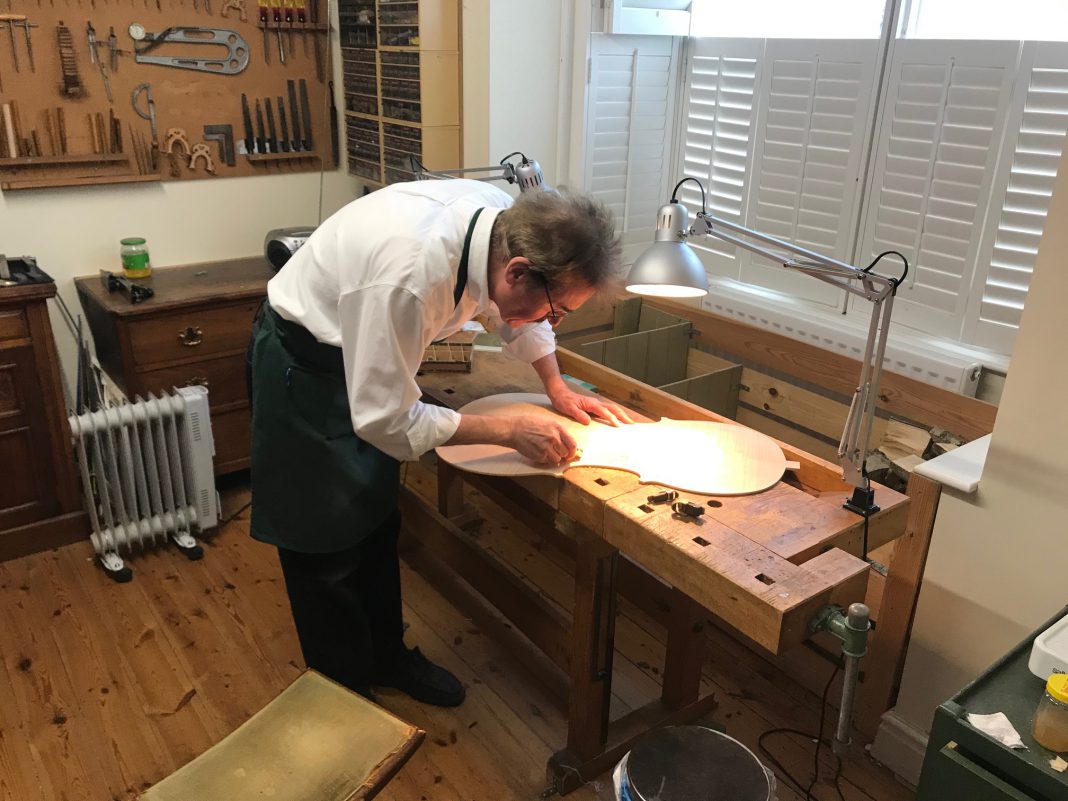
What a fascinating article about a great craftsman. Such beautiful workmanship.
Very edifying ! Thank you.
Lovely article but I only found it because I read the comment. It doesn’t appear on my mobile link???
Subsequently, in order to show it to my wife, I tried “more stories” but it didn’t appear. Good that I had forwarded to our woodcarver son-in-law, so could retrieve it from there. Why doesn’t it appear on this week’s page?
Always good to read stories about high quality activities in Rye News!